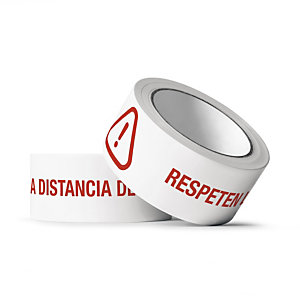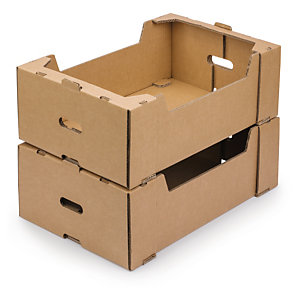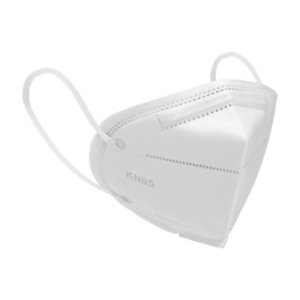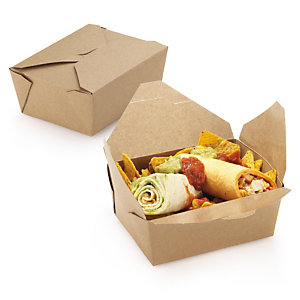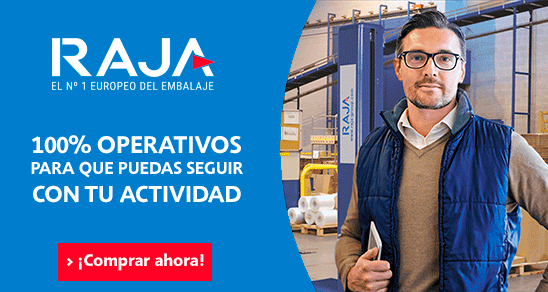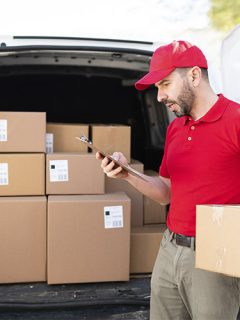Spain is overcoming phases in the de-escalation of the COVID-19 confinement and, at the same time, businesses linked to the food sector are changing their routines to adapt to a demand whose priorities have mutated after the outbreak of the pandemic. The world of large-scale distribution (supermarkets, hypermarkets, etc.) and catering is facing two colossal challenges:
- Protecting employees and customers from contagion by ensuring that spaces and products are free of coronavirus.
- Covering consumers who will continue to spend, for the time being, more time at home, as eating out will be subject to restrictions (at least for a while).
To meet both challenges, it is imperative to adopt safety measures and to equip oneself with robust and functional packaging for home delivery. But what exactly does this entail? We will see below.
how has COVID-19 changed our food consumption patterns?
Dynata’ s Global consumer trends study COVID-19 edition – The New Normal highlights that, during the weeks of tighter confinement, we are shopping less often, including more products at a time and using fewer outlets to fill our baskets.
In fact, in order to minimise face-to-face contact, many customers tried the advantages of the online channel for the first time, which resulted in a significant increase in home and business orders (buy online and pick up online) click & collect(buy online and pick it up in shop) and click & collect(buy online and pick it up with your car).
As the new normal sets in, some of these habits are likely to be here to stay, permeating the reopening of bars and restaurants. In the restaurant sector, based on what is already happening in China, McKinsey predicts that restaurant outings will fall compared to pre-crisis levels. To compensate, demand for takeaway food will recover relatively quickly, and household spending on home delivery, prepared food and groceries in general will increase. Avoiding crowded spaces and saving money will be the two reasons for dining at home more often than before the pandemic.
Supermarkets: the big players in the post-covid food scene
More visitors with increasingly diversified requirements, and a significant mass of consumers who will continue to prefer to order online and collect their orders contactless, these will be the hallmarks of supermarket and hypermarket activity in the coming weeks.
Post-covid safety measures for supermarket workers
Minimising the risk of coronavirus infection among staff and customers needs to be a priority, and can be achieved through the use of protective equipment against COVID-19such as:
- Hydroalcoholic hand gel.
- Adhesive tape to demarcate areas, marking the two-metre safety distance at checkout lines or in front of the fresh produce counters.
- Reusable face masks.
- Plexiglass panels for installation at the checkout line.
Preparation of home deliveries and ‘click & collect’
In the meantime, and given the crucial role that order picking will play, it is essential to reinforce the packaging stock with:
- Nestable and stackableplastic containers, reusable, easy to handle and easy to disinfect after each use.
- Boxes for fruit and vegetables, specially designed for online sales.
- Isothermal boxes and bags for transporting frozen and refrigerated goods in perfect condition.
Takeaway and home delivery, the immediate future of the catering industry
The impossibility of using the full capacity of the venue, coupled with a certain fear of people meeting strangers in enclosed spaces, will tarnish the future of bars and restaurants in the short term. However, the alternative, as McKinsey pointed out, is within reach: a good range of take-away menus, picked up on the premises or ordered for home delivery.
Faced with this paradigm, changes need to be implemented at full speed to take advantage of the opportunities, with actions such as:
- Enabling the option of ordering online on the establishment’s website and/or registering with the main food delivery apps, such as Just Eat, Deliveroo or Uber Eats.
- Redesign the menu, incorporating closed proposals that facilitate the decision based on the number of diners, complete menus, courtesy details, etc.
- Reinforce the fleet of delivery drivers and provide them with protective equipment such as approved masks and disposable gloves.
what packaging should be used for takeaway food delivery?
The post-cooking era in bars and restaurants will see the traditional crockery lose its prominence in favour of the more modern and more modern takeaway food packagingit is also a good idea to stock up on:
- Disposable plates, cutlery and cups for takeaway and beverages that customers wish to consume outdoors or in transit.
- Industrial paper bags for bread, sweets, pastries, sandwiches, etc.
- 100% recycled kraft paper bags with handles for home delivery.
Don’t let the new normal catch you off guard in your supermarket, grocery shop, bar, café or restaurant. Be prepared to offer your customers the highest standards of service and COVID-19 safety with RAJA® protective equipment and specialised packaging. Contact us and we will help you choose the best for your business!











